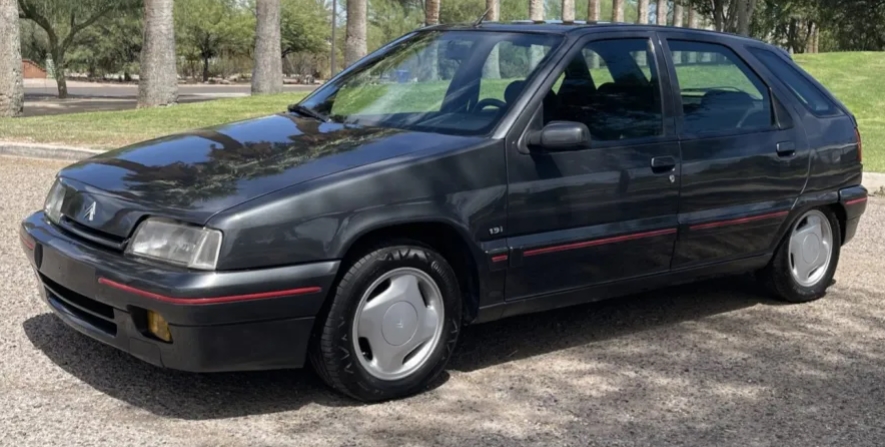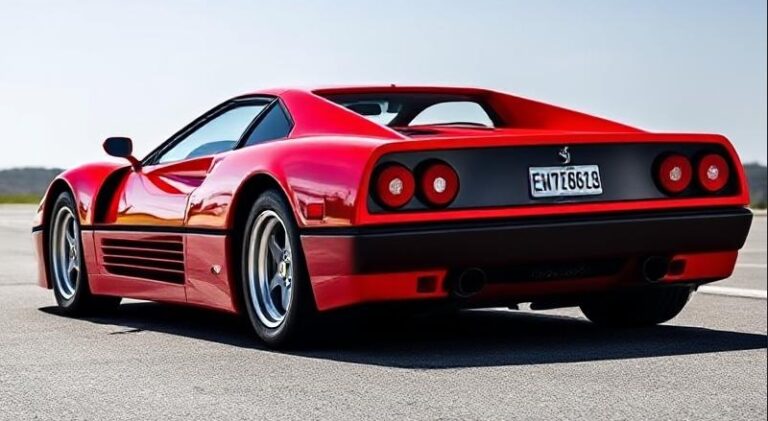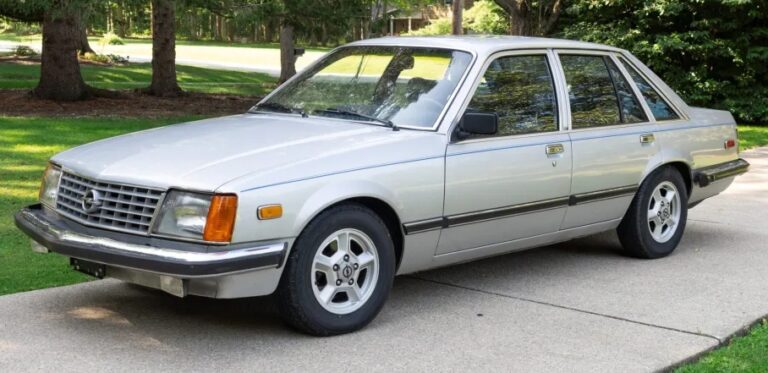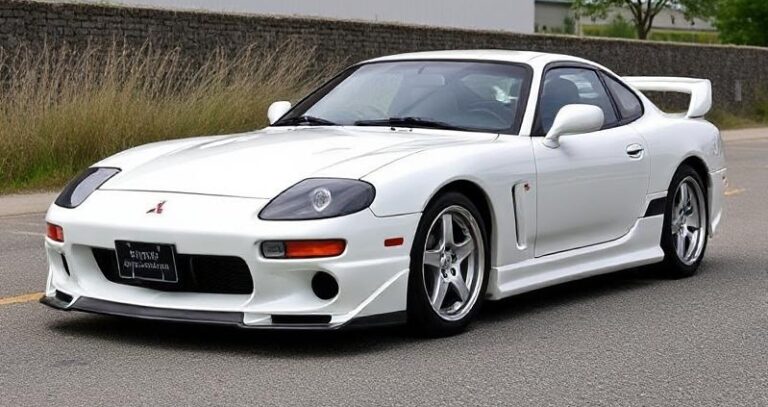The Evolution of the Citroën ZX
The Citroën ZX stands as a notable chapter in the French automaker’s history, embodying the brand’s innovative spirit and adaptability during the late 20th century. Launched in 1991 and produced until 1998, the ZX was a compact hatchback that combined practicality, distinctive styling, and a range of trims that catered to diverse customer preferences across Europe and other markets. This article explores the development, models, and trim levels of the Citroën ZX throughout its production lifespan.
Origins and Development
By the late 1980s, Citroën aimed to replace its aging models, notably the Citroën Visa and early versions of the Citroën Axel. The goal was to create a modern, versatile, and competitive compact car that could challenge established players like the Ford Fiesta, Vauxhall Astra, and Volkswagen Golf.
Design work for the ZX began in the late 1980s, with the model officially unveiled at the 1991 Geneva Motor Show. It was built on PSA Peugeot Citroën’s versatile platform, shared with models such as the Peugeot 306, facilitating cost-effective production and parts sharing.
The ZX was characterized by its distinctive, aerodynamic styling, with a rounded profile, large headlights, and a practical hatchback design that appealed to a broad audience. It was marketed as a versatile vehicle suitable for city driving, family use, and even as a commercial vehicle variant.
Production Timeline (1991–1998)
The Citroën ZX was produced from 1991 to 1998, with its manufacturing primarily taking place at PSA plants in France and other European facilities. The model’s life cycle was marked by steady updates, special editions, and a diverse lineup tailored to various markets.
Initial Launch and Early Models (1991–1994)
At launch, the ZX was offered in multiple trim levels and engine variants, catering to both economy-conscious buyers and those seeking more features.
Key models and trims introduced in 1991 included:
- ZX 1.1: The entry-level model powered by a 1.1-liter inline-4 petrol engine, aimed at budget buyers.
- ZX 1.4: Equipped with a 1.4-liter petrol engine, offering a balance of performance and economy.
- ZX 1.9 Diesel: Featuring a 1.9-liter naturally aspirated diesel engine, targeting fleet and cost-conscious consumers.
- ZX Volcane: A sportier trim introduced in 1992, with enhancements such as sport suspension, alloy wheels, and sportier interior accents.
- ZX Aura: A well-equipped version with additional comfort and convenience features.
Special Editions & Variants:
- ZX Reflex: A basic trim focusing on affordability.
- ZX Reflex Plus: Added features such as power steering and improved interior trim.
- ZX 16V: Introduced in the early 1990s with a 1.6-liter engine, offering more performance.
Mid-Cycle Refresh and Model Expansion (1994–1996)
In 1994, Citroën introduced a comprehensive facelift to keep the ZX competitive:
- Exterior Updates: Slight redesign of headlights, grille, and bumpers for a more modern appearance.
- Interior Improvements: Upgraded dashboard, new fabrics, and additional comfort features.
- Engine Lineup Adjustments:
- Introduction of a 1.8-liter petrol engine.
- Enhanced diesel options, including turbocharged variants like the 1.9-liter Turbo Diesel.
New Trim Levels and Variants:
- ZX 16V: Continued to be popular, now with improved performance.
- ZX Volcane: Continued as a sporty variant with cosmetic upgrades.
- ZX Reflex: Maintained as the base model.
- ZX SX: A higher trim level with more features such as alloy wheels, electric windows, and upgraded audio systems.
- ZX West Coast: A special edition with unique paint schemes and interior accents, marketed mainly in the UK.
Final Years and Limited Editions (1996–1998)
As the ZX neared the end of its production run, Citroën introduced further refinements and special editions to sustain interest:
- Facelift in 1996: The ZX received subtle updates including new grille designs, revised taillights, and improved seat fabrics.
- Engine Enhancements: Introduction of more efficient engines, including a 1.4-liter with multipoint fuel injection and more refined diesel options.
- Trim Levels in the Final Years:
- ZX Base: The most affordable model, with minimal features.
- ZX Reflex: Slightly more equipped.
- ZX SX: Top-end trim with added features such as power accessories, improved interior trims, and alloy wheels.
- ZX Volcane: Continued as a sporty, more visually distinctive model.
Special Editions & Variants:
- ZX West Coast (reintroduction): Featured unique paintwork and interior trim, aimed at a niche market.
- ZX Rallye: A limited edition inspired by rallying, with sportier styling cues.
Powertrain and Technical Evolution
Throughout its lifespan, the Citroën ZX was available with a diverse range of engines:
- Petrol Engines:
- 1.1-liter (49-55 hp)
- 1.4-liter (75-85 hp)
- 1.6-liter (90-105 hp)
- 1.8-liter (110-125 hp)
- 2.0-liter 16V (more limited, in certain markets)
- Diesel Engines:
- 1.9-liter naturally aspirated (68-75 hp)
- 1.9-liter Turbo Diesel (90-100 hp)
- 2.0-liter Turbo Diesel (in some special editions)
Transmission options included five-speed manuals across most models, with some variants offering four-speed automatics or semi-automatic transmissions.
.
MANY auto lovers not only spend time in their garages to tinker on their autos, but have other projects going on in there as well. Wood working is a popular pastime for the creative type of individual. Not sure what to make next? Or thinking about getting into this kind of hobby? There’s lots of possibilities… Here’s some of them…

.
Market Variations and Notable Models
While primarily sold across Europe, the ZX also saw limited markets elsewhere, including parts of Africa and the Middle East. Some models were adapted for specific markets, with variations in trim, engine options, and features.
In the UK, notable trims included Reflex, SX, West Coast, and Volcane, with the latter being a popular sporty variant. In France, the range was broad, with many models tailored to local preferences.
Legacy and Discontinuation
The Citroën ZX was discontinued in 1998, replaced by the Citroën Xsara, which inherited some of the ZX’s compact, practical qualities but with more modern styling and technology. Despite its relatively short production run, the ZX was appreciated for its distinctive design, comfort, and versatility. Its success helped reinforce Citroën’s reputation for innovative and comfortable vehicles.
Summary
The Citroën ZX’s evolution from 1991 to 1998 reflects a typical journey for a European compact car of its era—starting with a broad range of trims and engines, undergoing mid-cycle facelifts, and eventually retiring amid new competition and technological advancements. Throughout its lifespan, the ZX offered a variety of models and trim levels, including base, mid-range, sporty, and special editions, catering to a wide demographic.
Its combination of practicality, distinctive styling, and versatility makes the Citroën ZX a memorable chapter in Citroën’s history, exemplifying the brand’s commitment to innovation and comfort in the compact car segment.







